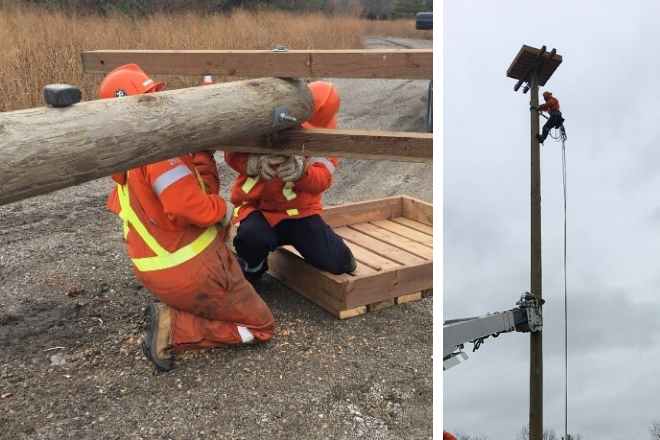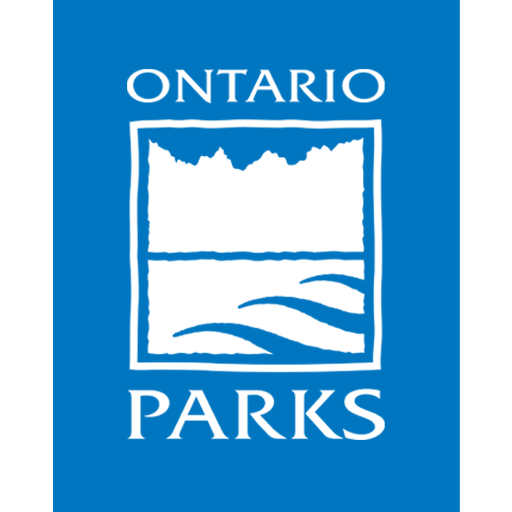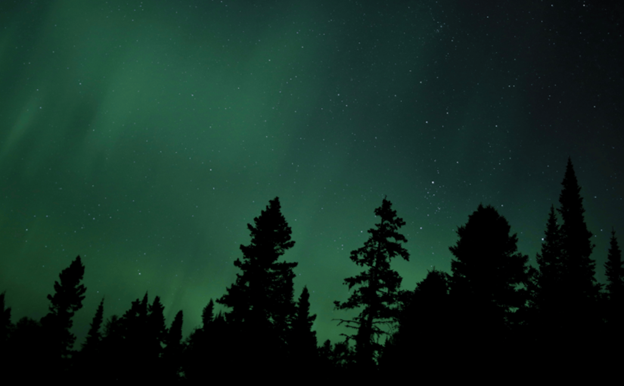Port Burwell Provincial Park is a hot spot for large raptors.
Two local Osprey (affectionately named Ollie and Oona) fish Big Otter Creek and the shores of Lake Erie, regularly bringing their “catch of the day” back to the park’s radio tower to settle in for some fine dining high above the park.
In February of 2019, local volunteer Cliff Dickinson approached the park about the feasibility of installing an Osprey nesting platform.
Why build a nesting platform?
During the 1950s and 1960s, Osprey populations in Ontario dropped sharply.
Today, they are returning, but face an obstacle. Osprey generally build their nests in tall, isolated trees that are close to shallow bodies of water. But if a natural option isn’t available, ospreys may be forced to nest on hazardous structures, such as hydro poles and television towers.
As seen from the two maps, the number of breeding pair locations has increased between 1985 and 2005. Yet the Lake Erie shoreline remains sparse.

Park staff regularly see Osprey at Port Burwell, and we wanted to provide them with additional nesting opportunities, close to where they hunt. Nesting platforms are a safer alternative, and have proven acceptable to Osprey.
Plus, once occupied, the platform will allow visitors and locals to witness the beauty of nature in action!
Would Ollie and Oona get their platform?
First, staff consulted Ontario Parks’ ecologists, and our teams completed an Environmental Assessment. We wanted to make sure that adding a tower for Ollie and Oona would be beneficial, and wouldn’t impact other park species or damage the landscape.
Next, we researched the requirements of a nesting platform. Helpful resources including Building Nesting Platforms for Ospreys (MNRF) and Artificial Nest Structures For Ospreys, A Construction Manual (Environment Canada, Canadian Wildlife Services), as well as engineered platform drawings from Hydro One were instrumental in determining project specifics, including the location, height, and type of platform.
On November 29, 2019, the installation of the new platform atop 50’ pole was completed, thanks to the help of Hydro One.

Now all we can do is wait and see whether our Ollie and Oona will take up occupancy on this prime site.
What’s an Osprey?
Osprey are large diurnal eagle-like hawks that almost exclusively eat fish, hence the reason some people call them fish hawks or fish eagles.

Adult birds have dark brown backs with white neck and belly, the white is broken by a dark mask across the eyes. They also have a unique “kink” in their wrist along the wings, making them easy to identify while in overhead flight.

Osprey feet are perfectly adapted to their hunting habits:
- they have four toes of equal length, unlike most hawks
- their talons are barbed to help hold their prey securely
- they have a reversible outer toe which allows them to grasp their prey with two claws forward, and two backward.

These adaptions help them firmly grasp wet and wriggling fish, and allow them to carry their prey head first — which is more aerodynamic — while flying.

How you can help Ollie and Oona settle in
Osprey can tolerate a wide variety of habitats if the nesting location is near a body of water with a good food supply.
What they cannot manage is disturbance during nesting season (April – June).
For this reason, we ask visitors to observe nesting platform activity from a distance, and for short periods of time.
We look forward to welcoming Ollie and Oona to the neighbourhood, and hope you will visit too!
Funding for the installation, equipment, and materials was made possible through the Hydro One Community Investment Initiative.


